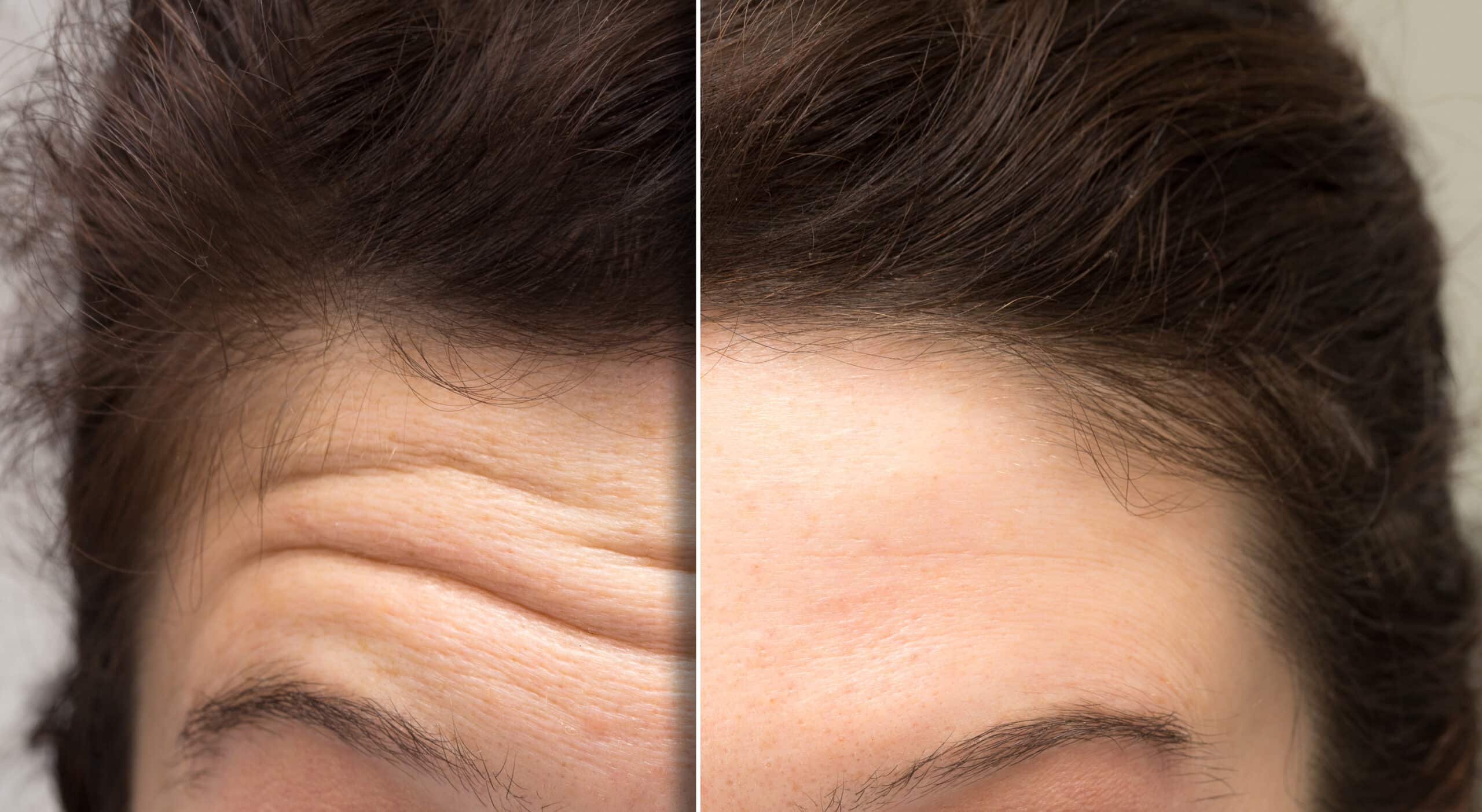
The decision to undergo any cosmetic procedure is often fraught with anxiety, a significant portion of which is fueled by pervasive, often outdated, myths and misconceptions circulating within public discourse and poorly researched corners of the internet. Brow lift surgery, a procedure designed to elevate and smooth the forehead and brow area, suffers acutely from this problem. For many prospective patients, the image conjured by the term is one of perpetually surprised or unnaturally taut expressions, a consequence of past surgical techniques and media dramatization. This enduring public misunderstanding creates an unnecessary barrier, often dissuading individuals who could genuinely benefit from the emotional and aesthetic rejuvenation the modern procedure offers. Addressing these persistent falsehoods is not merely an informational exercise; it is an essential ethical component of patient education, necessary to empower individuals to make informed decisions based on current surgical reality rather than historical anecdote or fear. We must dissect these common myths to reveal the nuanced reality of contemporary forehead and brow contouring.
The image conjured by the term is one of perpetually surprised or unnaturally taut expressions
Perhaps the most tenacious myth is that a brow lift inevitably results in a stark, surprised, or pulled appearance. This fear is a direct relic of older, more aggressive surgical methods, particularly the traditional coronal lift, which often involved excessive skin removal and upward tension. However, contemporary brow lift techniques, especially the Endoscopic Brow Lift and variations of the Limited Incision Temporal Lift, have fundamentally shifted the goal from maximal lifting to subtle, natural-looking repositioning and reshaping. Modern surgeons prioritize restoring the brow to a more youthful, relaxed position—one that addresses the heaviness and frown lines without creating an unnatural arch or elevation. The emphasis is on releasing the downward-pulling muscles and gently anchoring the brow structure, ensuring that the resulting expression is one of openness and alertness, not shock or permanent astonishment. A reputable, board-certified plastic surgeon aims for a result that makes a patient look refreshed, not obviously “done.”
The Myth of Perpetual Surprise: Modern Techniques Prioritize Subtle Repositioning
A common misconception concerns the relationship between a brow lift and an eyelid lift (blepharoplasty), with many believing they are interchangeable treatments for droopy upper eyelids. While a heavy, descending brow can push excess skin onto the upper eyelid, making the eye appear hooded, it is critical to understand the distinction. An upper blepharoplasty addresses only the excess skin and fat of the eyelid itself. A brow lift addresses the underlying cause of the perceived heaviness—the sagging forehead and eyebrow position. Performing an eyelid lift alone when the primary issue is a low-set brow can lead to inadequate results or, worse, make the brow look heavier by reducing the supporting eyelid cushion. Conversely, patients with genuine excess eyelid skin do need the blepharoplasty. The most effective comprehensive facial rejuvenation often involves a combination approach, where the brow is correctly repositioned first, and then the precise amount of excess eyelid skin is removed, creating a harmonized, balanced result.
A common misconception concerns the relationship between a brow lift and an eyelid lift (blepharoplasty), with many believing they are interchangeable treatments for droopy upper eyelids.
The perception of recovery time is another significant area shrouded in exaggeration and myth. Many individuals believe that a brow lift requires weeks of hidden seclusion due to massive swelling and bruising. While some degree of swelling and ecchymosis (bruising) is inevitable with any surgical procedure, modern, minimally invasive techniques have drastically reduced the associated downtime. The Endoscopic Brow Lift, for instance, uses several small incisions hidden within the hairline, minimizing tissue disruption. Most patients find that the most significant swelling subsides within the first week to ten days. While residual, minor swelling can persist for several weeks, it is generally subtle enough to be concealed with makeup or hairstyling. The widely held belief that recovery mandates a long, visible absence from social or professional life often dramatically overestimates the reality of post-operative recovery under current surgical protocols.
Dispelling the Notion of Protracted Recovery: Minimally Invasive Techniques Mean Less Downtime
A deeply ingrained myth posits that the effects of a brow lift are essentially permanent, meaning the procedure only needs to be performed once in a lifetime. This belief ignores the fundamental reality of the aging process, which is a continuous, unstoppable biological phenomenon. While a brow lift physically repositions the tissue and provides a long-lasting correction by removing excess skin and anchoring the structures, the skin, muscles, and underlying collagen continue to age, slacken, and descend over time due to gravity, loss of elasticity, and environmental factors. The procedure effectively resets the aging clock but does not stop its hands from moving. Most patients enjoy the benefits of their lift for ten to twelve years or even longer, but the longevity is highly individual and depends on genetics, sun exposure, and lifestyle. The effects do not suddenly vanish; rather, a very gradual, subtle descent occurs, and a patient may consider a touch-up procedure years down the line.
While a brow lift physically repositions the tissue and provides a long-lasting correction by removing excess skin and anchoring the structures, the skin, muscles, and underlying collagen continue to age
The myth that a brow lift is solely for older individuals seeking dramatic anti-aging results is entirely inaccurate. Increasingly, younger patients are opting for the procedure, not to reverse significant aging, but to correct congenitally low or heavy brows that create an angry, fatigued, or stern expression, even in their twenties or thirties. Similarly, the procedure can be used to achieve specific aesthetic enhancements, such as subtly refining the brow arch or managing deep frown lines that have not fully responded to neurotoxin injections alone. This early intervention is often preventative; by releasing the depressor muscles, the brow lift can prevent the early setting of deep static lines in the forehead and glabella. The procedure’s utility is therefore diverse, extending beyond simple age reversal to encompass structural correction and aesthetic refinement across a wide range of adult ages.
Brow Lifts Are Not Exclusively for Age Reversal: The Role of Structural Correction
A particularly persistent myth, often circulated by non-surgical providers, is that Botox can fully replace the need for a surgical brow lift. While neurotoxin injections are undeniably effective for temporarily smoothing dynamic wrinkles in the forehead and achieving a subtle “chemical brow lift” (by selectively relaxing the depressor muscles), they cannot address the fundamental problem of skin and tissue ptosis (sagging). Botox works on muscle action; a brow lift works on physical structure and excess tissue. For patients with significant skin laxity, heavy folds, or a profound descent of the brow below the orbital rim, Botox simply lacks the physical capability to provide the necessary support and elevation. In these cases, relying solely on neurotoxin will lead to inadequate results and wasted expense, underscoring the necessity of surgical intervention to provide true, lasting structural correction.
Botox can fully replace the need for a surgical brow lift.
The fear of highly visible, scarring is another deterrent often associated with the traditional, long coronal incision running from ear to ear across the scalp. This technique is now largely reserved for cases requiring very extensive skin removal. The development of the Endoscopic Brow Lift has effectively countered this fear by utilizing three to five small incisions, each typically less than an inch long, entirely concealed within the hairline. Even with the pretrichial (hairline) lift, which allows for direct skin removal to shorten a high forehead, the resulting scar is meticulously placed at the interface of the forehead skin and the hairline, designed to be inconspicuous and easily hidden. Modern surgical closing techniques and the natural healing process ensure that scarring is manageable, temporary, and, in most cases, becomes virtually invisible to the casual observer within months.
The Misguided Fear of Highly Visible Scars: Incisions are Now Endoscopic or Hairline-Concealed
A complex and often misunderstood aspect of the surgery is its effect on hairline position. The traditional coronal approach, which makes a long incision behind the hairline, naturally pulls the scalp backward, which can inadvertently raise the hairline, a significant concern for individuals with high foreheads or existing hair thinning. However, contemporary surgeons employ the Pretrichial or Hairline Incision specifically to address this issue. By placing the incision precisely at the front edge of the hairline, the surgeon can excise the excess forehead skin anterior to the hair follicles, allowing the scalp to be pulled forward and the forehead height to be effectively shortened. This technique allows for excellent brow lift results while simultaneously managing or even reducing the height of the forehead, demonstrating the surgical control available to customize the outcome based on individual hairline concerns.
The traditional coronal approach, which makes a long incision behind the hairline, naturally pulls the scalp backward, which can inadvertently raise the hairline
A final and crucial myth to dispel relates to the immediate post-operative results. Many patients expect to see the final, refined result immediately upon bandage removal. This is entirely unrealistic. The initial appearance is always distorted by swelling, bruising, and the temporary effects of the surgical anchoring and edema. The brow may appear temporarily over-corrected or too high in the first few weeks, a deliberate safety margin built into the procedure by the surgeon, knowing that the tissues will settle. The process of the brow settling, the swelling subsiding, and the tissues softening takes several weeks, sometimes months. Patience is a non-negotiable part of the healing process; the true, stable, and natural-looking result often takes three to six months to fully reveal itself, requiring the patient to manage their expectations during this transitional period carefully.
Managing Expectations: The Non-Linear Timeline of Final Aesthetic Revelation
Dispelling brow lift myths is essential for patient empowerment; modern techniques prioritize natural repositioning, minimize scarring, and offer versatile correction beyond simple age reversal.
